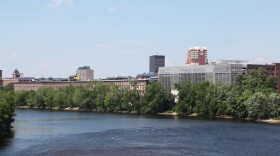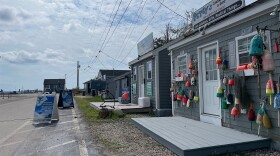The National Oceanic and Atmospheric Administration has announced cuts to the catch limits on Atlantic Cod for the 2012 fishing year. But New Hampshire fishermen got a reprieve, since the cuts could have been much worse.
The Federal regulators decided to reduce the catch limits on cod by 22 percent, after a study last October found far fewer fish than scientists expected. The reduction is a lot less than the 85 percent cut that NOAA originally believed would be required by federal fishery law.
NOAA Administrator Alan Risenhoover says that the agency found a compromise that allowed them to set a softer limit for 2012.
"That limit will enable us to make progress in ending overfishing, while keeping fishermen on the water this year, and avoiding the severe cuts that may have resulted," says Risenhoover.
During the next year NOAA will do another estimate of the number of Cod in the fishery. They say if they don’t find fish population on the rise, fishermen will have to brace themselves for drastic cuts in 2013.









